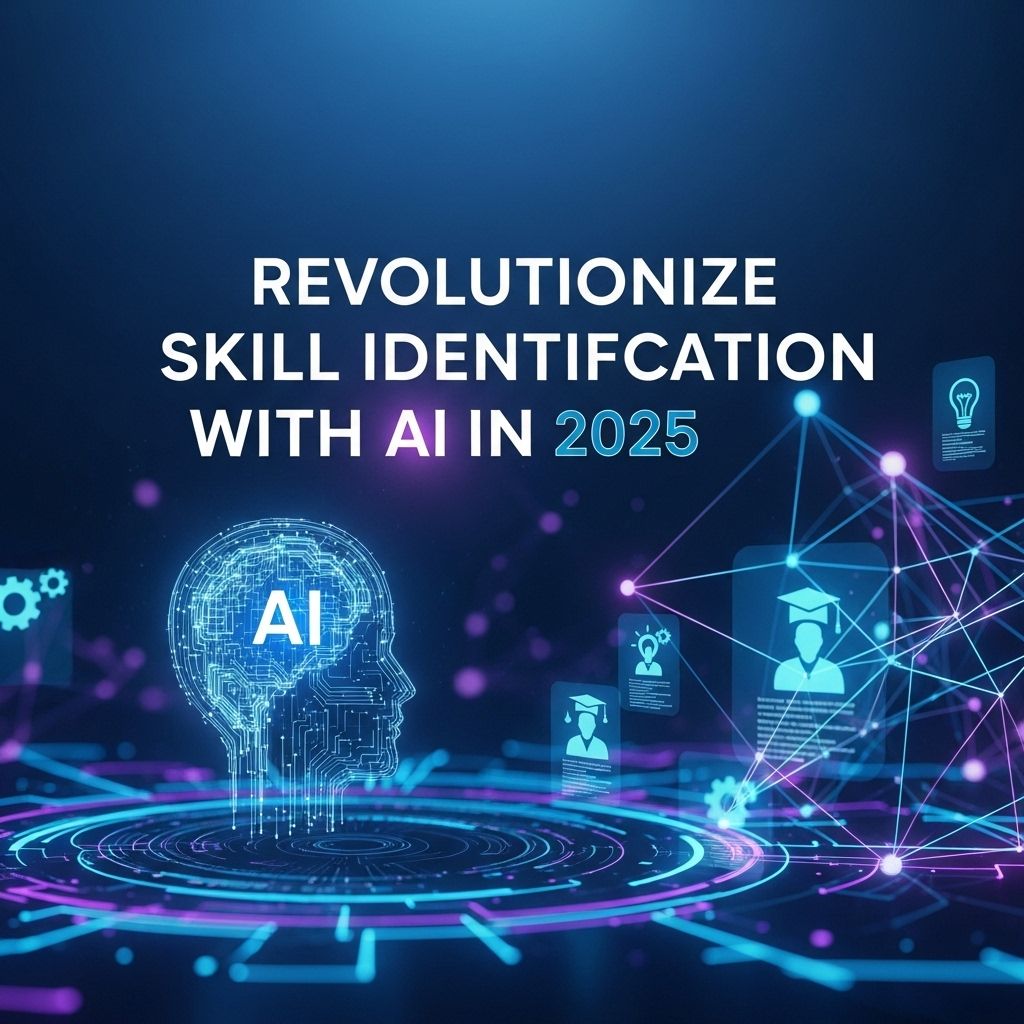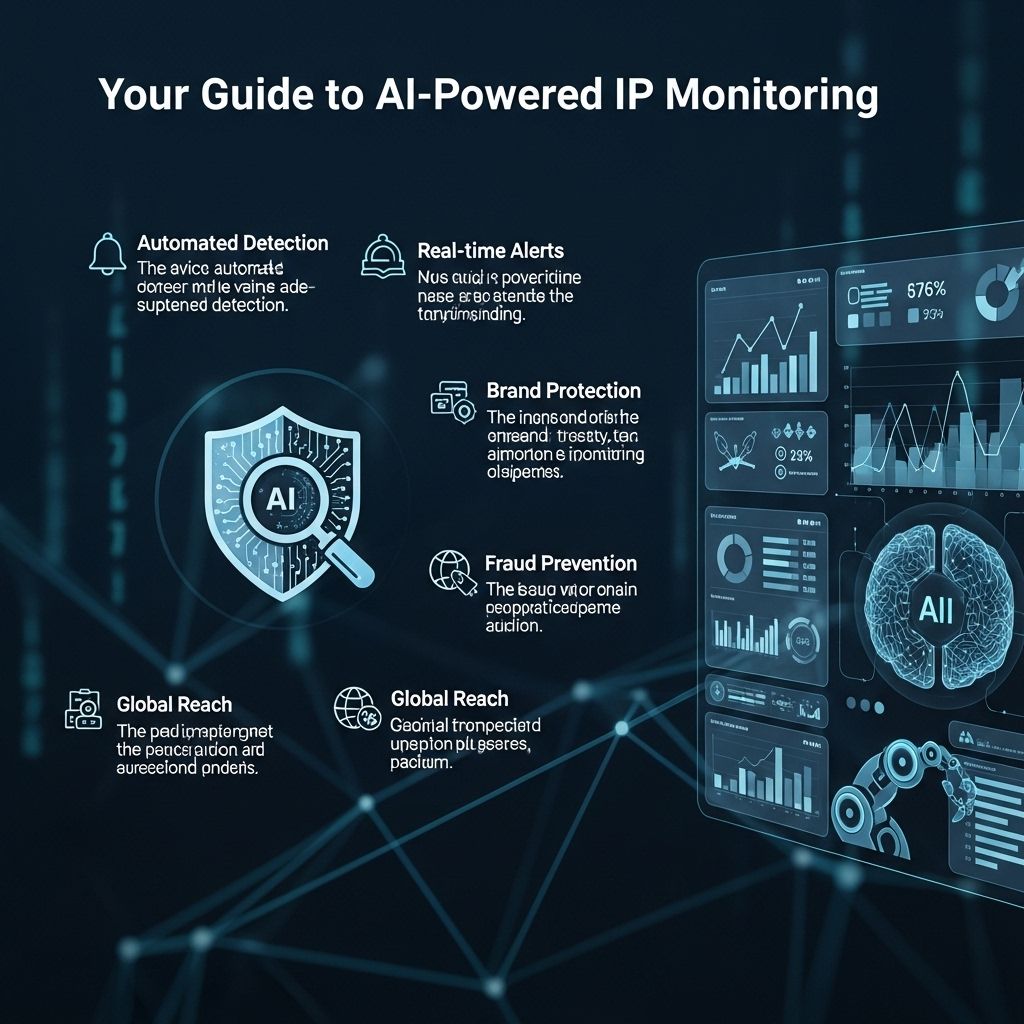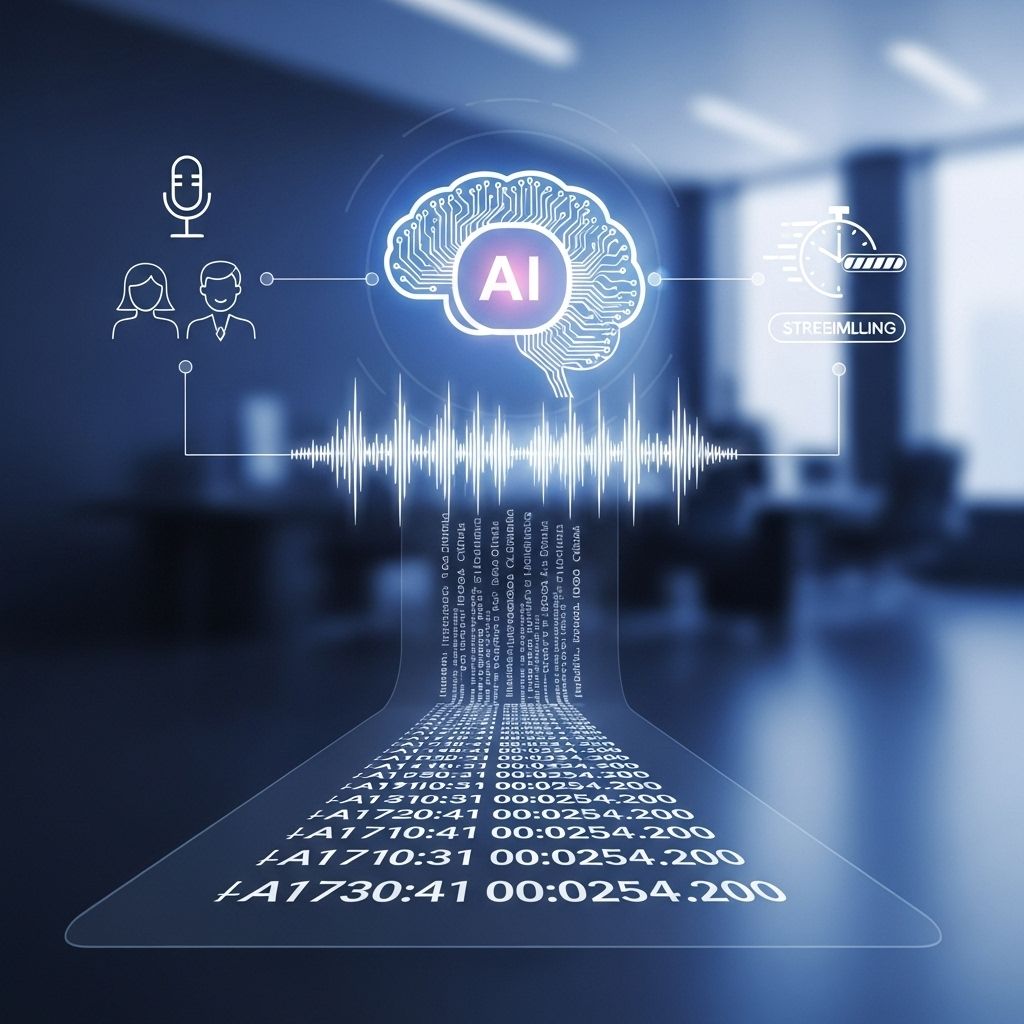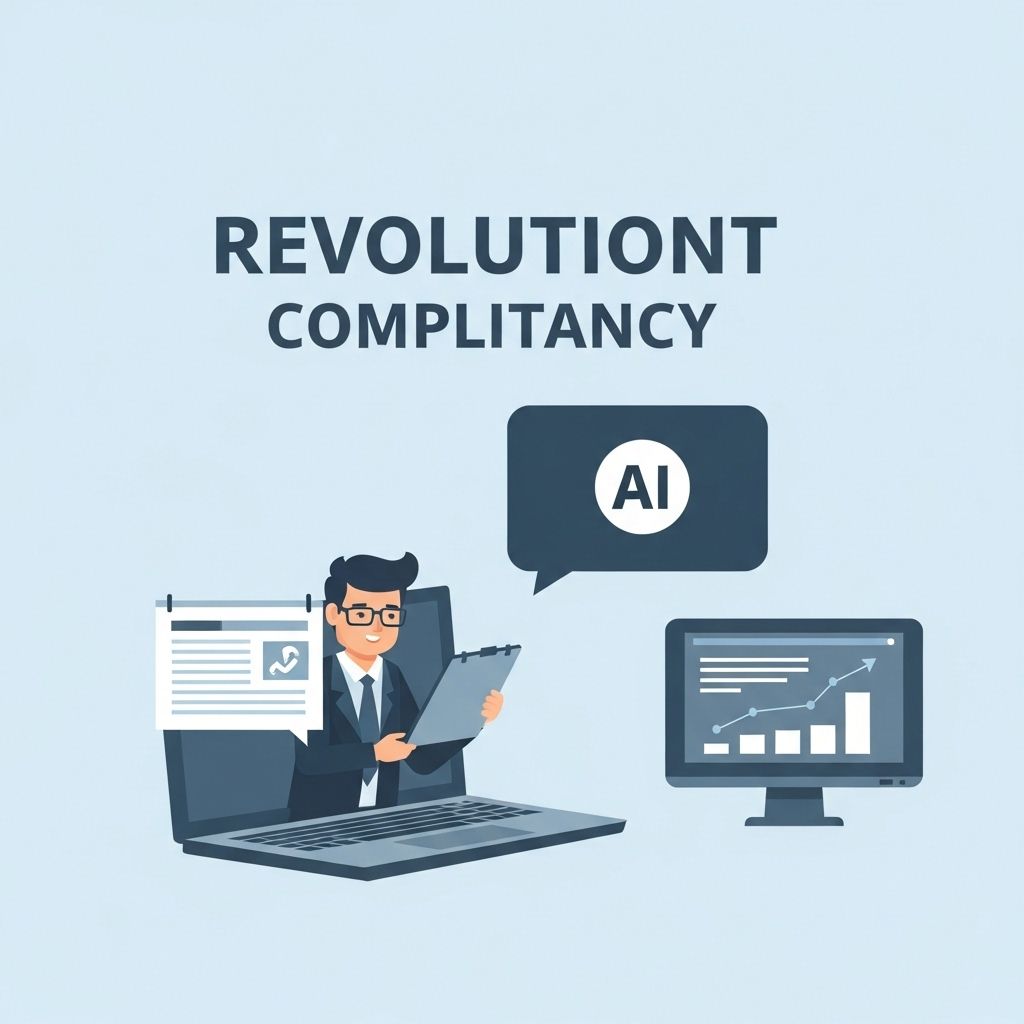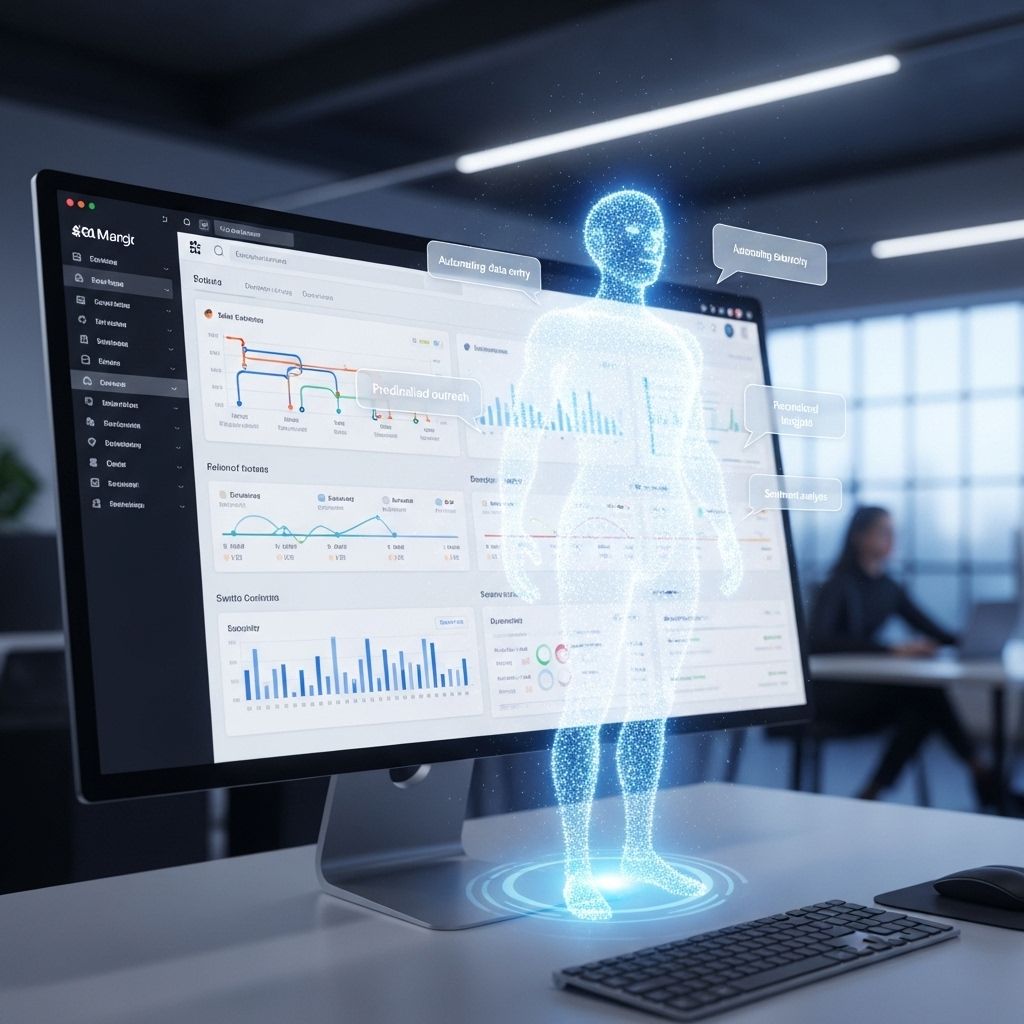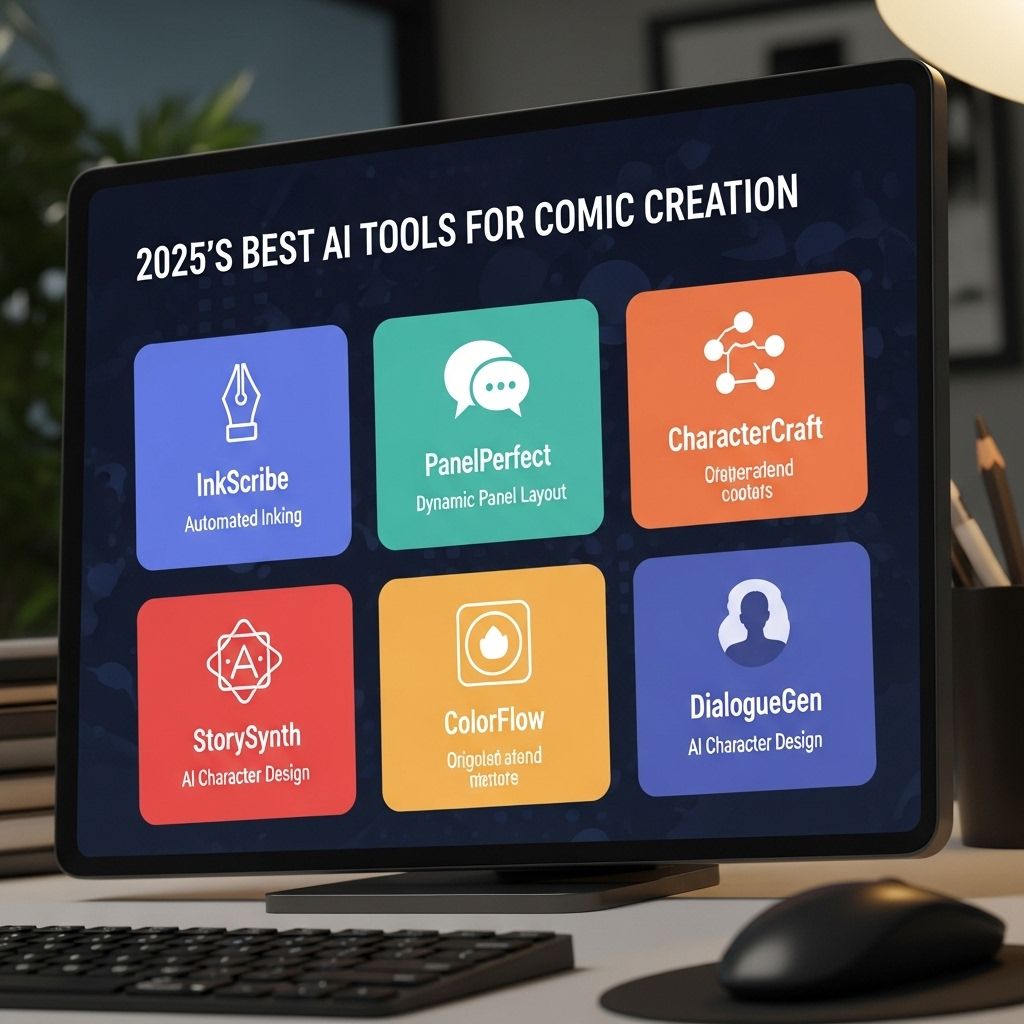Unlocking Skill Gaps with AI Tools: A 2025 Guide
Discover how AI tools can bridge skill gaps in 2025, enhancing workforce capabilities and driving innovation in various industries.

As we continue to forge ahead into a rapidly evolving digital landscape, the emergence of artificial intelligence (AI) tools is becoming crucial for organizations aiming to bridge skill gaps within their teams. The year 2025 promises to be a pivotal moment where businesses can leverage AI to uplift employee capabilities and optimize training processes. However, understanding how to effectively implement these technologies remains a challenge. In this article, we delve into the various AI tools available and how they can be strategically employed to unlock skill gaps.
Table of Contents
The Importance of Addressing Skill Gaps
Skill gaps, defined as the disparity between the skills required for a job and those possessed by employees, can hinder organizational growth and innovation. Addressing these gaps is not only essential for individual career development but also for maintaining a competitive edge in the market.
Why Skill Gaps Matter
- Competitive Advantage: Organizations equipped with skilled personnel are better positioned to innovate and respond to market demands.
- Employee Retention: Providing training to close skill gaps can enhance job satisfaction and reduce turnover rates.
- Operational Efficiency: When employees possess the necessary skills, processes become more streamlined, leading to increased productivity.
AI Tools Revolutionizing Skill Development
With advancements in machine learning and natural language processing, AI tools are now capable of personalizing training experiences, assessing employee performance, and predicting future skill requirements. Below are some noteworthy AI-driven platforms.
1. Learning Management Systems (LMS) Powered by AI
AI-enhanced LMS platforms offer personalized learning paths that adapt to individual employee needs, preferences, and progress.
Features of AI-Powered LMS:
| Feature | Description |
|---|---|
| Adaptive Learning | Tailors content based on user performance and engagement. |
| Content Recommendations | Suggests courses and resources based on interests and career goals. |
| Analytics Dashboard | Offers insights into employee progress and skill acquisition. |
2. AI-Driven Skill Assessment Tools
These tools utilize data analytics to evaluate the current skill sets of employees and identify areas for improvement.
Benefits of Skill Assessment Tools:
- Objective Evaluation: Provides an unbiased assessment of skills.
- Custom Reports: Generates reports that highlight strengths and weaknesses.
- Benchmarking: Allows comparisons against industry standards.
3. Virtual Mentoring Platforms
AI can facilitate virtual mentoring by matching employees with mentors based on skills, career aspirations, and learning styles.
Key Advantages:
- Scalability: Expands access to mentoring beyond geographical limits.
- Personalized Guidance: Offers tailored advice and support to mentees.
- Continuous Feedback: Provides ongoing insights into mentee progress.
Implementing AI Tools in Your Organization
To successfully integrate these AI tools into your organization, consider the following steps:
Step 1: Assess Current Skill Levels
Begin with a thorough assessment of your workforce’s current skill levels. This will help identify specific gaps and inform your choice of AI tools.
Step 2: Define Clear Objectives
Establish clear training and development objectives aligned with business goals. Consider what skills are critical for future projects and roles.
Step 3: Choose the Right Tools
Based on your assessment and objectives, select the most suitable AI tools that fit your organization’s culture and needs.
Step 4: Encourage Employee Engagement
Foster a culture of continuous learning by encouraging employee participation in training programs and using AI tools.
Step 5: Monitor Progress and Adapt
Regularly review the effectiveness of the AI tools in closing skill gaps and make necessary adjustments based on feedback and performance metrics.
Future Trends in AI and Skill Development
As we look toward the future, several trends are emerging in the realm of AI and skill development:
1. Increased Personalization
The future of training will see even greater levels of personalization, allowing employees to learn at their own pace and in their preferred styles.
2. Integration with AR/VR
Augmented Reality (AR) and Virtual Reality (VR) will augment AI training tools, providing immersive learning experiences.
3. Continuous Learning Ecosystems
Organizations will increasingly adopt continuous learning ecosystems, where learning becomes an ongoing, integral part of the work environment.
Conclusion
As we move towards 2025, the potential of AI tools to bridge skill gaps is immense. By adopting these technologies strategically, organizations can enhance employee development, foster innovation, and maintain their competitive edge in a tech-driven world. The integration of AI in skill development is not just a trend; it is a necessary evolution, ensuring that both individuals and organizations can thrive in an ever-changing landscape.
FAQ
What are AI tools for identifying skill gaps?
AI tools analyze employee performance data to identify skill gaps, enabling targeted training initiatives.
How can AI help in employee training?
AI can personalize training programs by assessing individual learning styles and recommending suitable resources.
What industries benefit most from AI skill gap analysis?
Industries such as technology, healthcare, and finance benefit significantly from AI skill gap analysis due to their rapidly evolving nature.
Are AI tools user-friendly for non-technical staff?
Yes, many AI tools are designed with user-friendly interfaces, making them accessible for non-technical staff.
Can AI tools predict future skill requirements?
Yes, AI tools can analyze market trends and company growth to forecast future skill requirements.
What is the ROI of using AI for skill gap training?
The ROI can be substantial, with improved employee performance, reduced turnover, and enhanced productivity resulting from targeted skill development.

